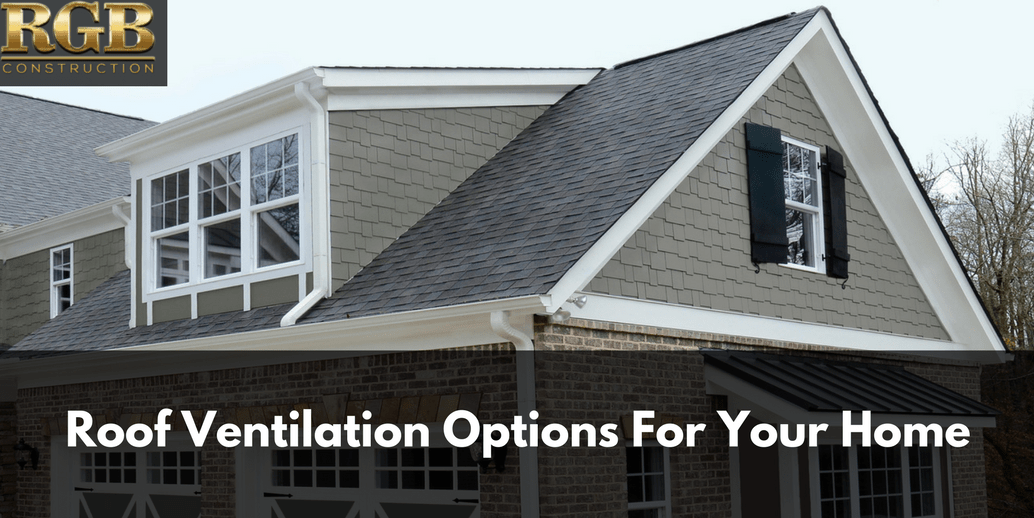You realize that you need to extend the life of your roof and its shingles. You understand that proper attic ventilation is the key, but you are unsure where to begin, as there a number of roof ventilation options for your home. Discussing the best ways to ventilate with a roofing expert should be the starting point, and a plan of action taken from there. Whether you are simply repairing a roof or planning a new one, proper ventilation should be part of the process.
As to the options available for adequate and effective ventilation, there are different roof ventilation types and venting procedures that can greatly improve air flow within an attic. They include the following:
Both Intake and Exhaust Vents
Roof vents are categorized as intake and exhaust. Intake vents will control the flow of air into an attic, and they are usually installed under the eaves of a home in order to avoid exposure to the elements. Exhaust vents are set up to manage the flow of air that comes into the attic and returns it to the exterior.
Moisture accumulation in exhaust vents is curbed with capping or fitted coverings on the vents, as the vents are directly contained within the peak of the roof to avoid the buildup of moisture. Both intake and exhaust vents are designed to create a balance with taking in air and expelling it. An essential number of both intake and exhaust vents are necessary to achieve proper air flow.
Ridge Vents
Ventilation along the edge of a roof is important as it effectively manages heated air from the attic. A ridge vent is what takes warmed air and distributes it along the roof’s length and stops any spots of hot air from developing. Ridge vents are not an offensive presence on a roof as they are not seen from the ground; rather they are an appealing type of venting.
Soffit Vents
Soffit vents are usually made of aluminum and are considered intake air vents. Roofs in need of added airflow work well with soffit vents. When used together, both soffit and ridge vents maintain a coordinating effect with intake and exhaust with most roofs.
Box Vents
Metal or plastic box vents are situated over holes in a roof and they allow for the release of hot air from openings that surround their edges. They are installed in proximity to the peak of the ridge of a roof, which enables the vent to secure and expel any increases in hot air.
Wind Turbines
Roof turbines are recognizable on almost any roof and they operate or spin through the use of strong winds. Their action is rotational and with the use of a turbine, hot air that originates and comes from an attic is removed. As turbines are not run by electricity, they do require upkeep to operate efficiently as the metal parts will begin to screech and squeak if not lubricated properly. They do require a continuous dose of wind, so not every roof is a candidate for a wind turbine.
With the varying roof ventilation types, there are sufficient choices for homeowners to choose from that can safely and effectively ventilate their roofs. Again, there are roofing experts available to help you with choosing what will work with your roof. If you want to know more about ventilation, complete the online contact form and a representative will get back to you with the answers you need to properly ventilate your roof.







